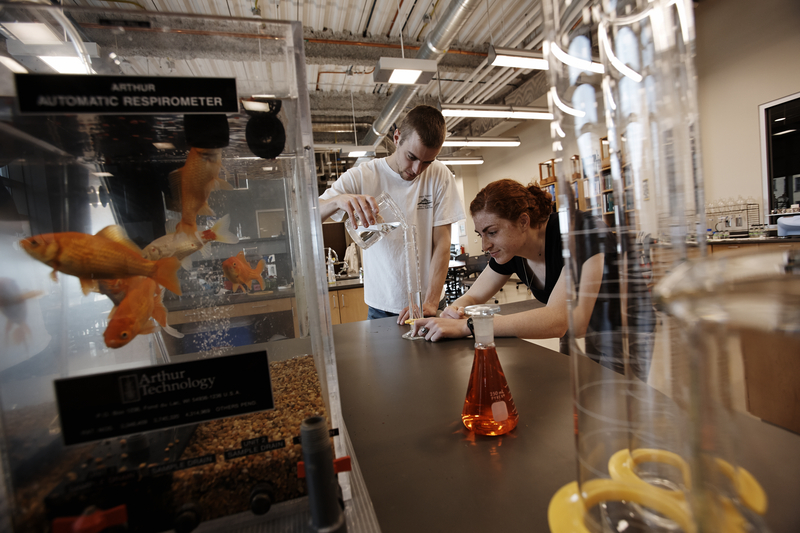Kimbell Dissertation Abstract
The Impact of Corrossion Inhibitors and Metals on Antibiotic Resistance in Drinking Water Distrubution Systems
Dissertation Date: March 18, 2022
Drinking water distribution systems are important for transporting clean drinking water to
humans in urban and rural areas. Antibiotic resistant bacteria (ARB) and antibiotic resistance
genes (ARGs) in drinking water may pose risks to human and environmental health. Aging
infrastructure such as metal pipes can experience significant corrosion, which can have impacts
on the chemical and microbial water quality inside of drinking water systems. Chemicals are
commonly added to drinking water to prevent corrosion (i.e., corrosion inhibitors). The metal
pipe materials and corrosion inhibitors containing metals may have impacts on the bacteria and
ARGs in drinking water systems. This research investigated the presence of ARGs in realworld drinking water systems and analyzed the impacts of corrosion inhibitors on bacteria
and ARGs in laboratory-scale experiments. Results from analysis of full-scale water main
sampling indicated the presence of multiple types of ARGs and diverse bacterial communities in
samples collected inside of a cast iron water main. Microbial communities in corrosion deposits
were dominated by metal-tolerant bacterial genera such as Geobacter, Gallionella,
Sphingomonas, and Mycobacterium. ARGs and metal resistance genes (MRGs) including
blaTEM, blaSHV, czcD, copA, and the integrase gene of class 1 integrons (intI1) were positively
correlated to the presence of several bacterial genera. In laboratory microcosm experiments,
metal-containing corrosion inhibitors (zinc orthophosphate) selected for increased abundance of
ARB resistant to multiple antibiotics and several different ARGs including sul1, sul2, qacEΔ1,
and intI1 compared to untreated controls. Metagenomic sequencing of microbial DNA from the
drinking water microcosms was conducted to determine the impact of corrosion inhibitors on the
microbiome and resistome in a source drinking water. Analysis of the microbial resistome
indicated that zinc orthophosphate selected for increased abundance of total ARGs compared to
sodium silicate, sodium orthophosphate, and untreated controls. Microbiome analysis indicated
significant shifts in microbial communities in response to addition of different corrosion
inhibitors. Future drinking water management decisions should consider the role of pipe
materials and corrosion inhibitors to determine how engineering decisions can mitigate the
spread of antibiotic resistance in drinking water systems.



